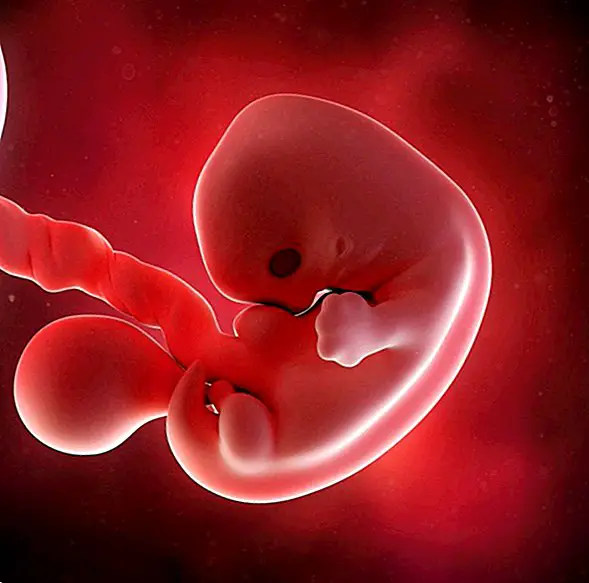Sadorexia: what it is, symptoms, causes and how it is treated

The Institute of Eating Disorders (ITA) has found that more and more diseases linked to food problems. One of the best known in these times is the sadorexia, or colloquially called pain diet.
It's basically a combination of behavior anorexic, bulimic and orthorectic (or orthorexia) with corporal abuse and the use of masochistic weight loss methods. That is, the person suffering from sadorexia tends to self-harm in order to overcome the anxiety that produces the desire to eat.
It consists, therefore, in an eating disorder that combines anorexia with sadism or masochism (which is defined as the pleasure of one's own pain), with the permanent conjugation of anorexic behavior, with renovating techniques of thinning of severe masochism.
This "method" is used to achieve a extreme thinness, a thinness that is only visible to the eyes of others, because the person who suffers from this type of disease will lose weight without control and will reach a point where it is impossible to look objectively and can have an end.
People with sadorexia, are people with low self-esteem, depressed, they may have led to this disease some kind of problem family, social or emotional and that lead to sadorexia to find a way out.
They only seek perfection in a world of imperfection, who want to achieve the impossible and who are capable of even committing suicide if they do not accept themselves as they are.
What are your symptoms?
There is a wide variety of symptoms that can alert about the possibility that a person is suffering from an eating disorder such as sadorexia. The most common are the following:
- Fast and permanent weight loss. Especially when a Body Mass Index (BMI) of 17 or less is reached.
- Bruises, wounds, marks, inflammations or scars on wrists, mouth, neck and ankles.
- Possible history of: self-injury, personality disorders, anorexia, orthorexia or bulimia.
- Isolation both social and family.
- Absence of menstruation (in the case of women).
- Flat, fibrous and thin muscles.
- Early mental and sexual development in adolescents.
- Dizziness, intestinal alterations and / or constipation.
- Intolerance to the cold.
- Disappearance, in many cases sudden, of all or some of the symptoms of the preceding eating disorder. For example: depression, lack of self-esteem, provocation of vomiting, anguish, anxiety or perception of overweight / obesity.

What causes the appearance of sadorexia?
The causes that can directly or indirectly influence the appearance of this eating disorder are very varied. As usual, People suffering from sadorexia tend to be depressed people, with low self-esteem, who may have some kind of family, emotional or social problem (psychosocial causes).
In addition, it is necessary to take into account that a combination of genetic, physiological, neuroendocrine and psychosocial influences can also occur.
How is it treated?
If an individual or individual suffers from sadorexia, in the first place it is necessary an adequate control over what these people eat, as well as the maintenance of excessive care by those around them (relatives and direct friends), to avoid further self-harm.
In addition, a psychological treatment is very important to help the patient to have a healthier and healthier relationship both with food and with their own body, so that nutritional management is essential and essential, although the psychologist will be the appropriate specialist Time to recommend when is the ideal time to start receiving a more balanced, balanced and complete diet. This article is published for informational purposes only. It can not and should not replace the consultation with a Physician. We advise you to consult your Trusted Doctor. ThemesEating Disorders



